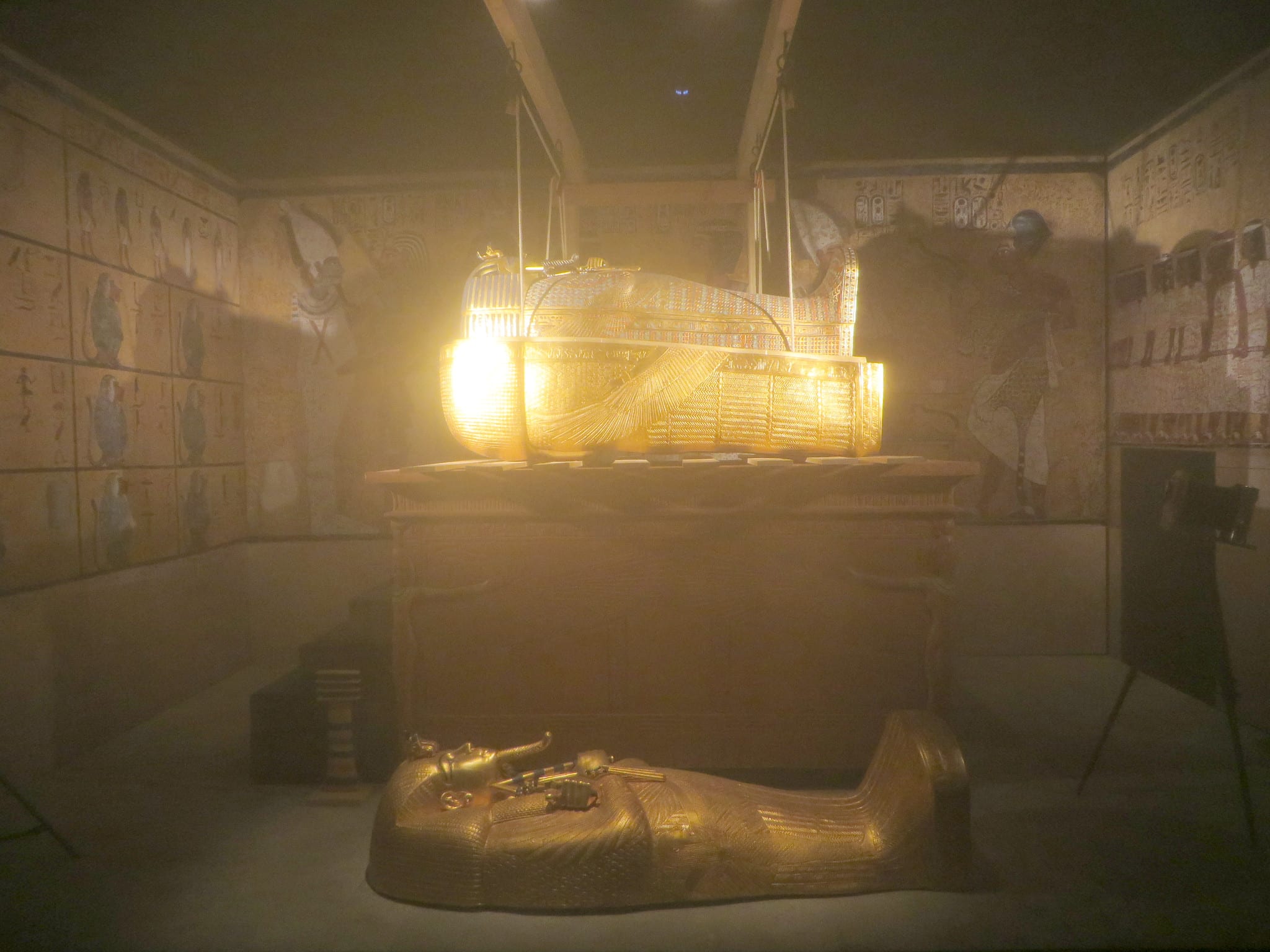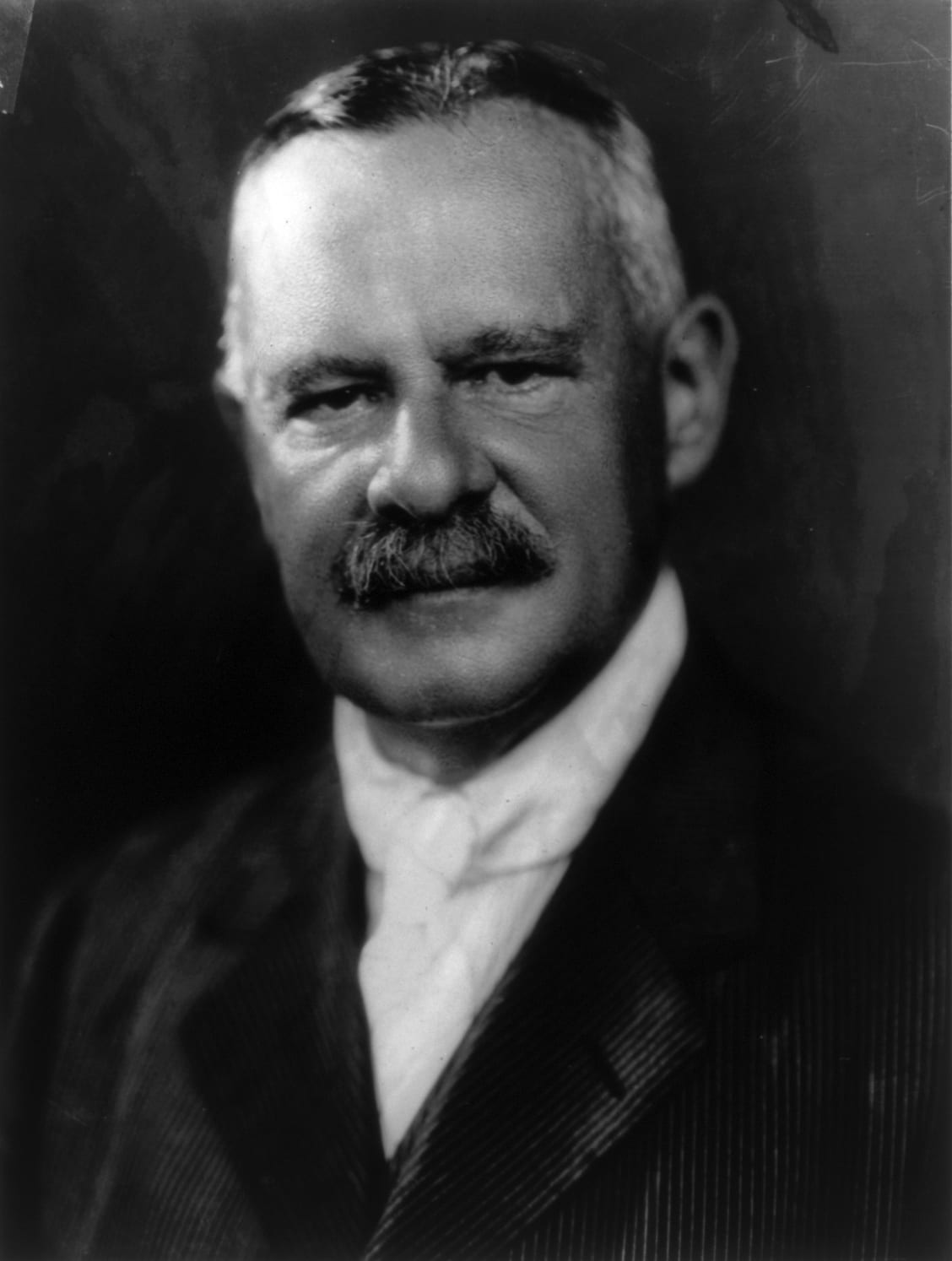We live in a society where the “clothes make the man” (or the woman). There’s a lot of pressure to look sharp and dress to impress. Some of us take it more seriously than others, but there’s no denying that a lot of people drop a ton of cash on trying to keep up with the latest trends and styles.
In a move beyond fashion pressure, Joshua Becker, a writer, conducted a sort of anti-fashion experiment, just to see what it was like. He wore the same outfit every single day: a dark grey T-shirt and khaki pants.
Becker said that after one week of wearing his new “uniform”, nobody even paid attention anymore. He said, “and in that silence, I was liberated.”
Here are Becker’s five reasons for trying this experiment for a week. Maybe you’ll decide it’s for you and you’ll become a whole new person, who knows?
1. Forever fashion
Quality over quantity: it’s as simple as that. Before you buy a new item of clothing, ask yourself if you’re really going to want to wear it down the road – i.e. if it will be “forever fashion.” If the answer is no, don’t bother. Resist the temptation, friends!
Becker says, “I value the quality of friendships more than anything. It goes without saying, but I’ll choose quality over quantity any day. By adopting this same mentality for clothing, you can evaluate what articles are most important to you. Similarly, when you go to buy new items, imagine its place in your closet years from now.
Will you still want it? Trendiness is challenging to chase, and provides an infinite opportunity for spending. Instead, focus on quality goods that can last years and, potentially, by brands who encourage you to repair and recycle before you buy new.”
2. Less laundry, more free time
As we get older, it seems like our free time fades away like an old memory. Everyone is so busy with work, friends, family, etc. So why spend a bunch of your time doing laundry? Bottom line: the less you have to wash, the more free time you’ll have to do whatever you want: exercise, read, go to the movies, anything you want! I’m talking about quality of life here, people.
Becker said about this, “A week later, I threw my shirt and jeans in the laundry for a much-needed wash. By consuming less throughout the week, I had less to clean. Again, I could focus on what’s most important: time with my family. Rather than washing, drying, and folding clothes for half a day, I could play, read, and listen.”
3. Reduce the fatigue of decision making
I’d not thought of it this way before, but it really does ring true. Freeing yourself from the process of deciding what to wear gives you more free time and energy to focus on the more important things in your life.
Becker says, “We cannot escape decisions. Even in our dreams, we’re thinking about what to do next. Every option drains us. Decisions with larger consequences take more of our energy, too. When tired, people make more short-term, instant-gratification decisions.
Conspicuous consumption becomes more common amidst this fatigue. While it might seem small, adopting a more universal, uniform outfit might provide you greater decision-making power for the day.”
4. Find what works for you, repeat
We all experiment with fashion and image as we grow up (that’s why some photos are so hard to look back on). But once you settle on a look, it’s all gravy baby, as some people like to say. Find your look, and never worry about it again!
Becker says, “Since I’ve adopted a minimalist lifestyle, I have looked for basics that work across situations. My most frequent outfit these days tends to be a nice-fitting black T-shirt and casual khaki pants. By wearing one thing for a week, I was tested. Would I get bored?
Did this really look good on me? Interestingly, I recognized what clothes were most important to me. Finding your “look” can take time, but realizing what you feel confident and comfortable in is empowering.”
5. Minimalism
It’s liberating to rid yourself of all the junk you’ve accumulated throughout the years. Endless piles of t-shirts, pants, shoes, etc. Once you get rid of the stuff you know you’re never, ever going to wear again, your closet and your life will be much less cluttered.
According to Becker, “Minimalism is about focusing on what matters most, while ridding the rest. It quickly applies across situations; especially, for clothing. Over the years, I’ve actively applied this philosophy and avoided replacing items.
Slowly, I’ve centered on my most important items. My closet is smaller and neater than ever before. And when I look for something to wear, I effortlessly see my favorites.”
I think this sounds like a great idea. My wardrobe is already pretty limited anyway, but this little experiment might force me to get rid of even more clothing.
Give it a shot!
The post 5 Great Reasons to Wear the Same Outfit on a Daily Basis appeared first on UberFacts.






 . Thank you guys so much for following and supporting me on my instagram journey! Love and appreciate every single follow, like and comment! I promise you guys I will always remain true to myself on my page and hopefully continue posting what you guys like!
. Thank you guys so much for following and supporting me on my instagram journey! Love and appreciate every single follow, like and comment! I promise you guys I will always remain true to myself on my page and hopefully continue posting what you guys like! 
 . Swipe right to see me complete 70lb on 150 cm plank! . .
. Swipe right to see me complete 70lb on 150 cm plank! . .  @thorbjornsson @thorspowergym . . #Iceland #canada #canadian #woman #fit #fitness #fitfam #fitspo #train #training #partner #flex #gym #lift #weights #girlswholift #strong #build #strength #grow #gains #dedication #motivation #selflove #discipline #progress
@thorbjornsson @thorspowergym . . #Iceland #canada #canadian #woman #fit #fitness #fitfam #fitspo #train #training #partner #flex #gym #lift #weights #girlswholift #strong #build #strength #grow #gains #dedication #motivation #selflove #discipline #progress
 @kelc33 – Crazy fact… since Kelsey and I have been together I haven’t lost a competition, I’ve just been on a winning STREAK!!!
@kelc33 – Crazy fact… since Kelsey and I have been together I haven’t lost a competition, I’ve just been on a winning STREAK!!!  – She’s my lucky charm
– She’s my lucky charm 


 . @thorbjornsson . @wusdubai #WUS2019 #DubaiSC #WUSincubator . #Iceland #canada #canadian #woman #fit #fitness #fitfam #fitspo #train #training #partner #flex #gym #lift #weights #girlswholift #strong #build #strength #grow #gains #dedication #motivation #selflove #discipline #progress #outangle
. @thorbjornsson . @wusdubai #WUS2019 #DubaiSC #WUSincubator . #Iceland #canada #canadian #woman #fit #fitness #fitfam #fitspo #train #training #partner #flex #gym #lift #weights #girlswholift #strong #build #strength #grow #gains #dedication #motivation #selflove #discipline #progress #outangle . We spent the day @bluelagoonis in absolute bliss! . . @thorbjornsson . . #Canadian #iceland #instagood #instadaily #lifestyle #travel #instatravel #wanderlust #getaway #wanderer #beauty #amazing #aroundtheworld #happiness #sunset #overhead #press #strongman #fit #fitness #fitcouple #partner #love #valentines #spa #retreat #bliss
. We spent the day @bluelagoonis in absolute bliss! . . @thorbjornsson . . #Canadian #iceland #instagood #instadaily #lifestyle #travel #instatravel #wanderlust #getaway #wanderer #beauty #amazing #aroundtheworld #happiness #sunset #overhead #press #strongman #fit #fitness #fitcouple #partner #love #valentines #spa #retreat #bliss . . . .
. . . .  @thorbjornsson . . #Iceland #Canada #Canadian #woman #man #viking #alpha #couple #strength #power #strong #traintogether #stayfocused #happy #smile #laugh #pose #blonde #denim #jeans #sneakers #kicks #fresh #louisvuitton #gucci
@thorbjornsson . . #Iceland #Canada #Canadian #woman #man #viking #alpha #couple #strength #power #strong #traintogether #stayfocused #happy #smile #laugh #pose #blonde #denim #jeans #sneakers #kicks #fresh #louisvuitton #gucci @bodyextremegym . . #Iceland #canada #canadian #woman #fit #fitness #fitfam #fitspo #train #training #partner #flex #gym #lift #weights #girlswholift #strong #build #strength #grow #gains #dedication #motivation #discipline #strongman #wife #life #husbandandwife #couple
@bodyextremegym . . #Iceland #canada #canadian #woman #fit #fitness #fitfam #fitspo #train #training #partner #flex #gym #lift #weights #girlswholift #strong #build #strength #grow #gains #dedication #motivation #discipline #strongman #wife #life #husbandandwife #couple . We went on the most amazing tour on the Dubai Desert Conservation Reserve with @platinumheritage We got to experience what a day in the life of a local tribe member would have been and it was amazing! The culture is so rich it’s claws grabbed right into me. This was the best experience I’ve had in another country, 10/10 recommend!!
. We went on the most amazing tour on the Dubai Desert Conservation Reserve with @platinumheritage We got to experience what a day in the life of a local tribe member would have been and it was amazing! The culture is so rich it’s claws grabbed right into me. This was the best experience I’ve had in another country, 10/10 recommend!!  . . . #desertsafari #platinumheritage #rechargedxb #desertadventures #desert #safari #camel #mixtape #scarf #Dubai #travel #instatravel #traveler #UAE #wanderlust #experience #beauty #wanderer #lifestyle #sun #heat
. . . #desertsafari #platinumheritage #rechargedxb #desertadventures #desert #safari #camel #mixtape #scarf #Dubai #travel #instatravel #traveler #UAE #wanderlust #experience #beauty #wanderer #lifestyle #sun #heat
 . @thorbjornsson . . #mrsclegane #dontmessaround #gregorclegane #themountain #mountain #got #gameofthrones #head #smashed #squeeze #wife #life
. @thorbjornsson . . #mrsclegane #dontmessaround #gregorclegane #themountain #mountain #got #gameofthrones #head #smashed #squeeze #wife #life













 . #notredame #cathedrale #cathedralenotredame #paris #stefdies #stefdiesinparis #cathedral #streetphotography #photography #femalephotographer #performanceart #performanceartist #contemporaryart #contemporaryphotography #antiselfie #faceplant #leaveamark #femaleartist #travelphotography #artexhibition #celebratelife #humour #photogallery #photoexhibition #coffeetablebook #rencontresarles
. #notredame #cathedrale #cathedralenotredame #paris #stefdies #stefdiesinparis #cathedral #streetphotography #photography #femalephotographer #performanceart #performanceartist #contemporaryart #contemporaryphotography #antiselfie #faceplant #leaveamark #femaleartist #travelphotography #artexhibition #celebratelife #humour #photogallery #photoexhibition #coffeetablebook #rencontresarles








